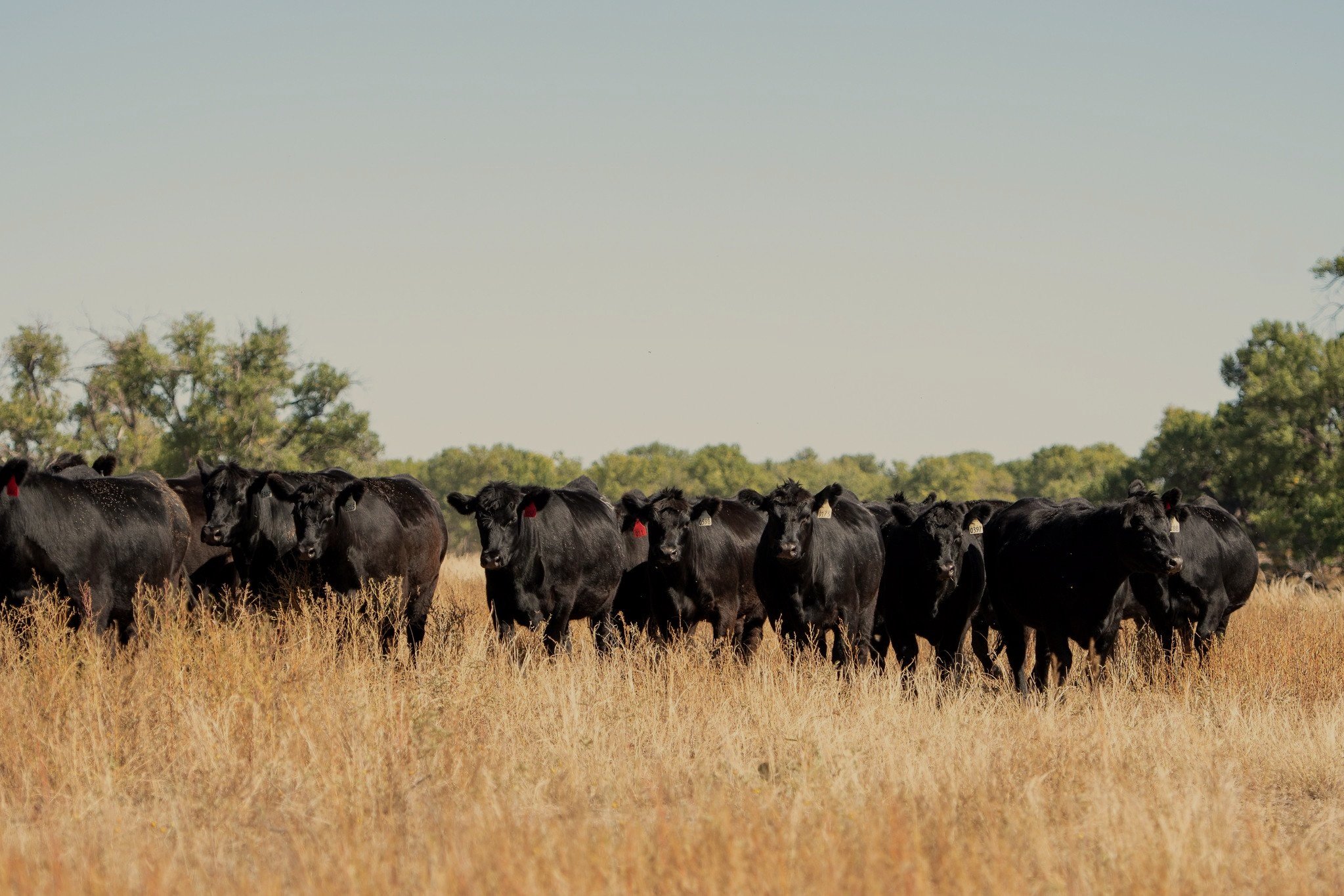Proactive Protection: Bagley Risk Management Strategies
Proactive Protection: Bagley Risk Management Strategies
Blog Article
Comprehending Animals Risk Protection (LRP) Insurance Coverage: A Comprehensive Guide
Browsing the realm of animals risk security (LRP) insurance coverage can be an intricate endeavor for numerous in the agricultural industry. From exactly how LRP insurance policy works to the different insurance coverage alternatives available, there is much to uncover in this comprehensive guide that can possibly form the means livestock producers approach risk administration in their services.

Just How LRP Insurance Functions
Sometimes, comprehending the auto mechanics of Animals Threat Protection (LRP) insurance coverage can be complex, but breaking down exactly how it works can supply clarity for farmers and herdsmans. LRP insurance policy is a danger monitoring tool designed to protect animals producers versus unforeseen cost declines. The plan enables manufacturers to set a coverage degree based on their particular needs, picking the number of head, weight array, and protection cost. When the plan remains in area, if market value fall below the coverage cost, producers can sue for the distinction. It's crucial to note that LRP insurance is not an earnings guarantee; instead, it focuses solely on rate danger defense. The protection period typically ranges from 13 to 52 weeks, giving versatility for manufacturers to choose a period that aligns with their production cycle. By making use of LRP insurance, farmers and breeders can minimize the financial threats connected with changing market value, guaranteeing higher security in their procedures.
Eligibility and Coverage Options

When it concerns protection alternatives, LRP insurance coverage provides manufacturers the flexibility to select the protection degree, coverage period, and endorsements that ideal suit their risk management demands. Insurance coverage levels commonly range from 70% to 100% of the expected finishing value of the insured livestock. Manufacturers can additionally choose protection periods that straighten with their manufacturing cycle, whether they are guaranteeing feeder cattle, fed cattle, swine, or lamb. Endorsements such as rate danger protection can better personalize insurance coverage to shield versus negative market variations. By recognizing the qualification requirements and coverage alternatives readily available, livestock producers can make educated choices to handle risk effectively.
Advantages And Disadvantages of LRP Insurance
When evaluating Livestock Risk Defense (LRP) insurance policy, it is crucial for animals producers to weigh the advantages and downsides integral in this risk administration device.

Among the primary advantages of LRP insurance coverage is its capacity to give security against a decline in livestock prices. This can aid secure producers from economic losses resulting from market variations. In addition, LRP insurance policy uses a degree of versatility, permitting producers to customize insurance coverage degrees and policy durations to fit their details needs. By locking in a guaranteed cost for their animals, manufacturers can better take care of threat and prepare for the future.
One limitation of LRP insurance policy is that it does not secure against all kinds of dangers, such as condition break outs or natural disasters. It is crucial for manufacturers to carefully assess their specific risk exposure and economic circumstance to determine if LRP insurance policy is the best risk management device for their operation.
Understanding LRP Insurance Policy Premiums

Tips for Optimizing LRP Conveniences
Optimizing the benefits of Livestock Danger Defense (LRP) insurance policy requires calculated planning and positive danger management - Bagley Risk Management. To take advantage of your LRP protection, think about the adhering to tips:
Consistently Analyze Market Conditions: Remain notified concerning market trends and cost variations in the like this animals market. By monitoring these factors, you can make informed decisions regarding when to buy LRP insurance coverage to secure versus possible losses.
Set Realistic Insurance Coverage Levels: When selecting coverage levels, consider your production costs, market value of livestock, and potential risks - Bagley Risk Management. Establishing realistic protection degrees ensures that you are effectively shielded without paying too much for unneeded insurance policy
Expand Your Insurance Coverage: Rather than counting only my sources on LRP insurance policy, take into consideration diversifying your threat monitoring approaches. Incorporating LRP with various other danger management devices such as futures agreements or alternatives can provide extensive coverage versus market unpredictabilities.
Evaluation and Readjust Insurance Coverage Regularly: As market conditions transform, occasionally evaluate your LRP coverage to ensure it aligns with your existing danger exposure. Changing insurance coverage degrees and timing of purchases can aid maximize your danger protection strategy. By complying with these tips, you can make the most of the advantages of LRP insurance coverage and protect your animals procedure against unpredicted dangers.
Verdict
Finally, animals risk defense (LRP) insurance coverage is an important device for farmers to manage the economic dangers linked with their animals procedures. By comprehending how LRP works, qualification and protection alternatives, as well as the advantages and disadvantages of this insurance, farmers can make enlightened decisions to shield their incomes. By thoroughly taking into consideration LRP premiums and implementing methods to make the most of benefits, farmers can minimize possible losses and make certain the sustainability of their operations.
Livestock producers interested in obtaining Livestock Threat Defense (LRP) insurance can explore an array of eligibility criteria and protection choices customized to their specific livestock procedures.When it comes to insurance coverage alternatives, LRP insurance uses producers the flexibility to select the protection degree, insurance coverage period, and endorsements that best suit their threat management requirements.To comprehend the complexities of Animals Threat Defense (LRP) insurance policy totally, understanding the factors affecting LRP insurance policy costs is crucial. LRP insurance premiums are identified by various elements, the original source including the coverage degree picked, the anticipated rate of livestock at the end of the protection duration, the kind of animals being guaranteed, and the length of the coverage period.Evaluation and Adjust Insurance Coverage Frequently: As market conditions change, periodically assess your LRP protection to ensure it aligns with your existing danger exposure.
Report this page